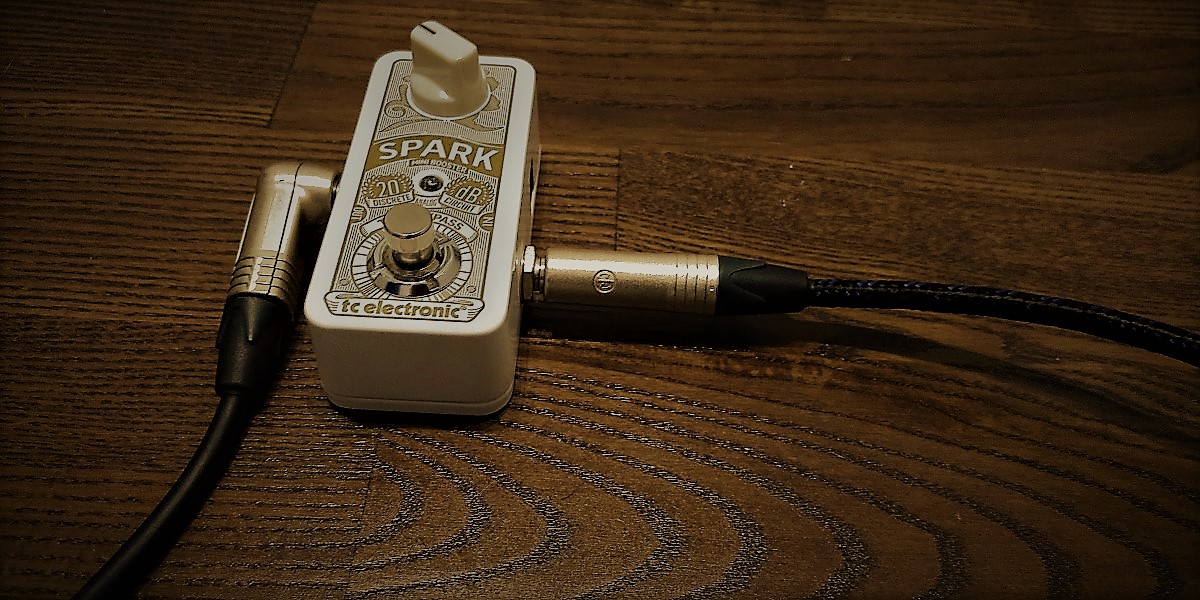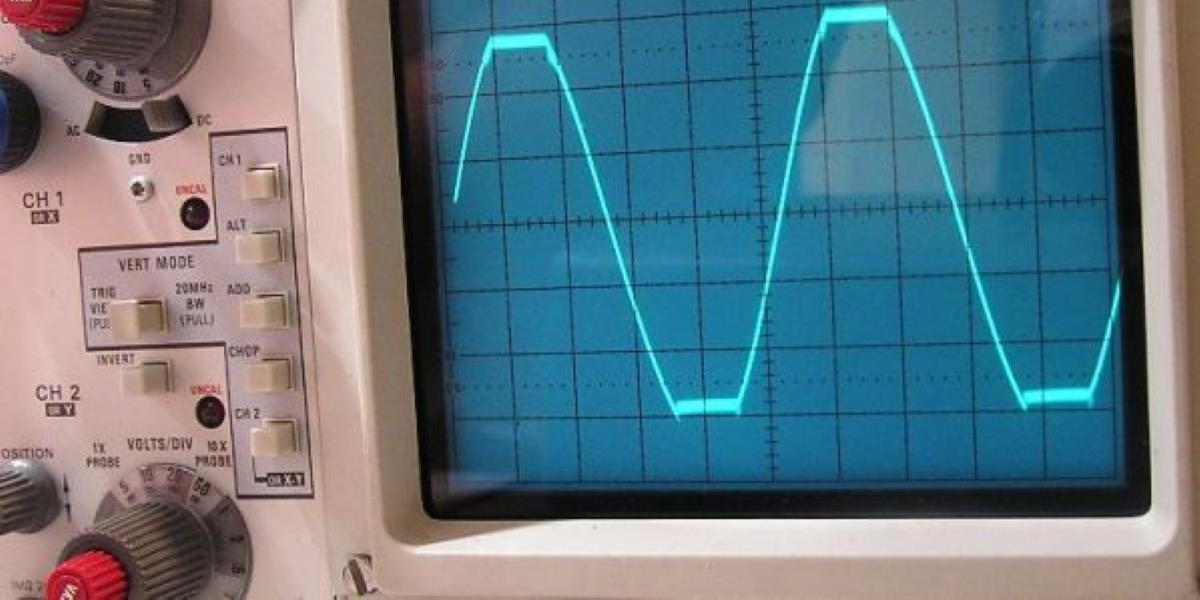Signal Clipping pt3: Fuzz
Well now we’re really in the deep. Its FUZZ TIME. Brace yourself.
What makes a fuzz different to distortion? To me, a fuzz is wilder and less defined than a distortion. They can be more capable of giving “broken” sounds, like you are pushing an amp way too hard, where as distortions still can keep definition. This is, of course, a very broad statement and of course it informed by my personal opinion. We mentioned signal clipping earlier and fuzz is, generally, providing the most signal clipping, squaring off the waveform of your guitar signal drastically.
Now, like with all effects, modern fuzz pedals often owe a lot to their forbearers. The classic fuzz circuits of the 60s and 70s are still being used today, often being tweaked and expanded by builders and sometimes being faithful recreations of the original.
Fuzz is one of the first types of effects pedals on the market with one of the most obvious examples being the Maestro FZ-1a Fuzz Tone being used in The Rolling Stones (I cant get no) Satisfaction.
Like many early fuzz pedals, such as the Sola Sound Tonebender and the Dallas Arbiter Fuzz Face, the Fuzz Tone has two knobs. In this instance they are named Volume and Attack, with Attack being a common term in this era now being replaceable with the terms “gain” or “fuzz” being used more today.
Also, like many of these early pedals, the Fuzz Tone circuit lives on in modern incarnations, like the DOD Carcosa and the Electro-Harmonix Satisfaction.
Common things you may find on Fuzz Pedals (but not limited to them).
Volume – pretty self explanitory
Tone – Often a circuit that will control the high frequencies of the circuit, that may also have the ability to boost bass
Tone Bypass – a switch that bypasses the tone circuit completely, boosting the volume and midrange
Fuzz/Gain/Sustain/Attack – controls the amount of signal clipping
Bias – this can control the bias of the transistors in the circuit making the texture of the fuzz different, more broken, spitty and gated to smoother with longer sustain.
Gate – cuts the noise between notes with a few different effects. Hard gating can give you a synthy, staccato feel where a soft gate can simply cut down noise between notes giving you a cleaner performances less prone to feedback.
EQ – This should be thought of as an extension of the tone control, providing two or 3 bands of control over the equalisation of the signal, Bass, (Mid) and Treble controls. Some are passive and only allow you to cut frequencies but some are active and allow you to boost them.
Oscillation – Often implemented as a second footswitch, stomping on this will send your guitar into a weird feedback loop. You can think of this as Freakout Mode!
Let’s look at an example you’ve probably played already, you’ve definitely heard it a thousand times: The Electro-Harmonix Big Muff.
The Big Muff
I’m not going to go into great detail, as you should check out Kit Rae’s incredible website which gives as much detail as you’ll need into the full history:
http://www.kitrae.net/music/music_big_muff.html
However, what you need to know is that the Big Muff is one of, if not the, most popular fuzz pedal of all time, marketed as having a “violin-like” sustain. Its got a massive sound, in part to a scooping of the mid-range, and a lot of gain. It’s a simple setup with 3 knobs: Volume, Tone, Sustain.
Electro-Harmonix still make the Big Muff, in fact they make a lot of Big Muffs. You want a modern reproduction of the original “triangle” version? They do it. What about their bassier and lower gain green Sovtek version, they do it. How about one specifically for bass? They have 3!!
This circuit has been around for a long time and, to me, it’s the Tube Screamer of the fuzz world. Every builder and their mother seemingly has a version. Lets take a look and what is available:
Earthquaker Devices Hoof – a take on the Russian Sovtek-produced big muff circuit, but with an additional circuit providing control over the mid-range.
Ibanez 850 Fuzz – this is a reissue of a pedal that Ibanez used to call the Overdrive…its definitely not an overdrive!
JHS Muffuletta – Cant decide which version of big muff you want? Why not have all of them!
Way Huge Russian Pickle – its Way Huge’s take on the green Sovtek and like the sovtek, its great for bass as well as guitar.
Way Huge Swollen Pickle – I feel a bit guilty having this on this list as it has really become its own thing. Starting with a modified big muff, the current production Swollen Pickles add a control for the mid-scoop, the compression and clipping type.
The Fuzz Face
Lets look at another classic, the Dallas-Arbiter Fuzz Face.
If you didn’t know already, this is the Jimi Hendrix fuzz and is still produced in a few incarnations by Dunlop. Why’s it called a Fuzz Face? Look at it….its a face.
It’s a two knob fuzz which sounds simple, just controls for Volume and Fuzz, but it can be tricky because how it reacts with other pedals, where you may have to put it in your signal chain and its powering, with many saying it really sounds its best with battery rather than a normal power supply.
Whats great about it? Almighty destruction with the guitar volume turned up BUT if you turn the volume down, tone cleans up into a tasty overdrive! It’s a thick and meaty fuzz but also a crisp and bright overdrive with the volume rolled down.
Fuzz Faces come in two main varieties, Silicon or Germanium transistors. The Germanium is a bit woollier and thicker, with the Silicon sounding brighter with more edge. Germanium transistors can be temperamental as they are affected by temperature, meaning that they can sound different depending on the temperature of the place you are playing. This is why some prefer the stability of the Silicon version but the silicon one may not clean up as much as the Germanium.
As I mentioned, Dunlop still produce the Fuzz Face but it’s a simple and popular circuit so lets have a look at some alternatives:
MXR Classic 108 Fuzz - this silicon fuzz face adds a control to turn on a buffer
Fulltone ’69 – Germanium fuzz with additional controls for Contour (an eq) and an input control for getting those low-gain tones without having to roll down your guitar volume.
ZVEX Fuzz Factory – you might have heard this one made famous by Matt Bellamy from Muse. It can be super wacky fuzz, self-oscillating and being hard to tame. For a 5 knob pedal, you will be amazed at the amount of suggested settings you can find on the interwebz for different sounds just using the Fuzz Factory. Not for the faint of heart.
Read Next

Boosts & Attenuators
Getting more out of your amp - An overview of boost and attenuator effects

